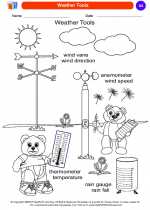Liquid
A liquid is one of the three classical states of matter (the others being solid and gas). It has a definite volume but no definite shape. This means that a liquid will take the shape of its container, but it will not expand to fill the container like a gas. Instead, the molecules in a liquid are close together and can move past each other, allowing the liquid to flow and take on the shape of its container.
Properties of Liquids
1. Definite Volume: Liquids have a fixed volume, meaning they do not compress easily and will maintain their volume regardless of the container they are in.
2. No Definite Shape: Liquids take the shape of their container due to the ability of the molecules to flow past each other.
3. Viscosity: Viscosity is a measure of a liquid's resistance to flow. Some liquids, like water, have low viscosity and flow easily, while others, like honey, have high viscosity and flow more slowly.
4. Surface Tension: Liquids have surface tension, which is the force that acts on the surface of a liquid and tends to minimize the surface area. This is why liquids form droplets and can support objects that are less dense than the liquid itself.
Examples of Liquids
1. Water 2. Milk 3. Juice 4. Oil 5. Vinegar 6. Alcohol 7. Gasoline
Study Guide
Here are some key points to remember about liquids:
- Liquids have a definite volume but no definite shape.
- They can flow and take the shape of their container.
- Liquids have properties such as viscosity and surface tension.
- Examples of liquids include water, milk, and oil.
Be sure to observe and discuss the properties of liquids with your students, and use real-life examples to illustrate these concepts!
[Liquid] Related Worksheets and Study Guides:
.◂Science Worksheets and Study Guides Kindergarten. Weather

 Coloring Worksheet
Coloring Worksheet
 Coloring Worksheet
Coloring Worksheet
 Coloring Worksheet
Coloring Worksheet
 Coloring Worksheet
Coloring Worksheet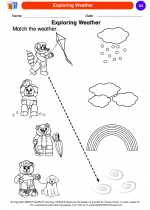
 Coloring Worksheet
Coloring Worksheet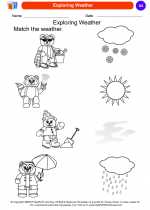
 Coloring Worksheet
Coloring Worksheet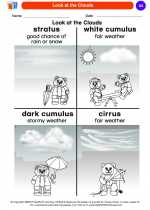
 Coloring Worksheet
Coloring Worksheet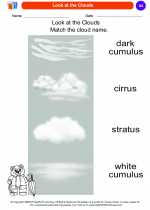
 Coloring Worksheet
Coloring Worksheet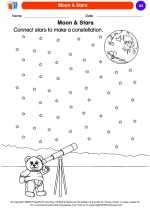
 Coloring Worksheet
Coloring Worksheet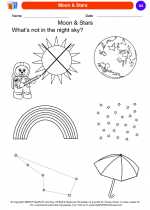
 Coloring Worksheet
Coloring Worksheet
 Coloring Worksheet
Coloring Worksheet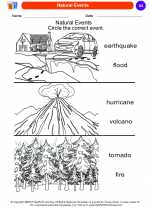
 Coloring Worksheet
Coloring Worksheet
 Coloring Worksheet
Coloring Worksheet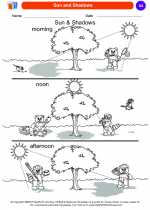
 Coloring Worksheet
Coloring Worksheet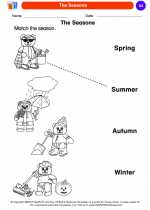
 Coloring Worksheet
Coloring Worksheet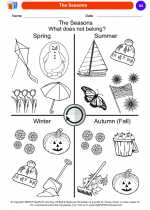
 Coloring Worksheet
Coloring Worksheet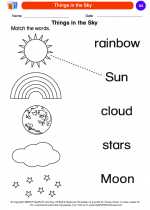
 Coloring Worksheet
Coloring Worksheet
 Coloring Worksheet
Coloring Worksheet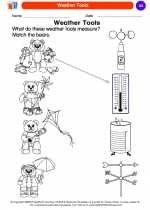
 Coloring Worksheet
Coloring Worksheet